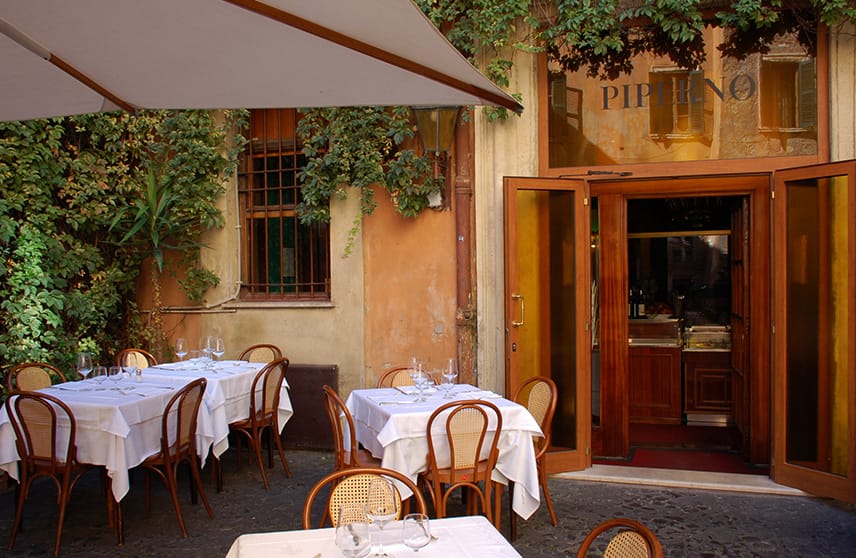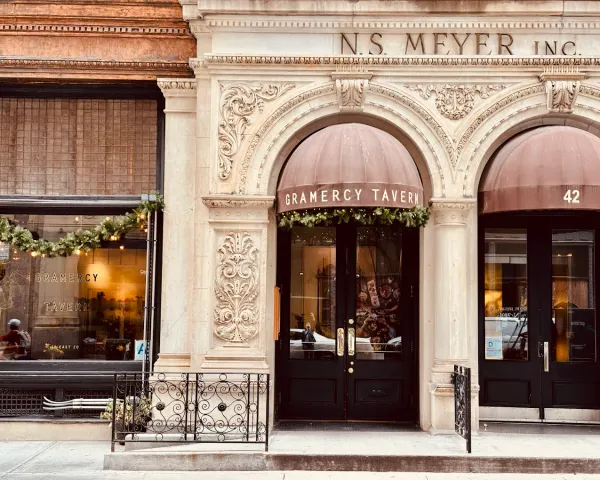TOP 4 Locally Sourced Restaurants: Tuscany Version
Locally sourced restaurants mean the unhurried pace of service encourages savoring not just the food, but the entire experience of being connected to place through taste.
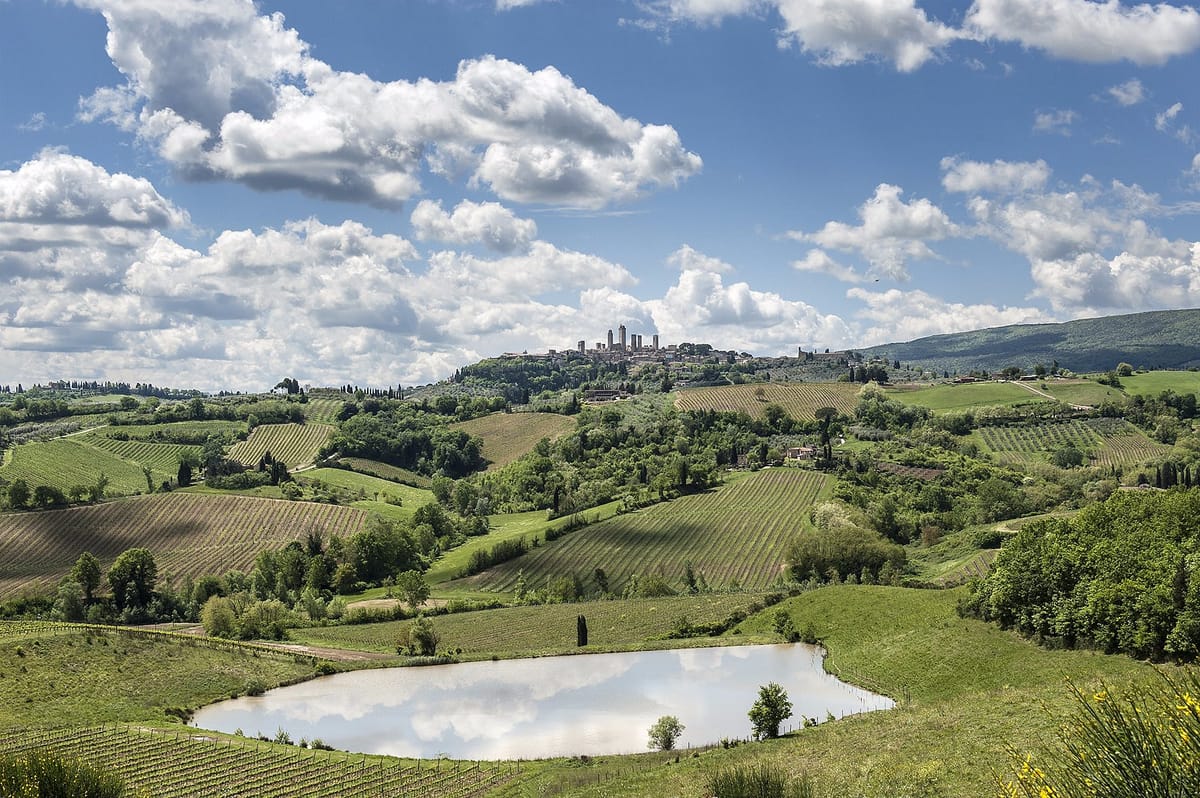
Are you a solo traveler seeking authentic culinary experiences? I have good news for you: locally sourced restaurants in Tuscany offer more than just a meal. They provide a genuine connection to the land, traditions, and community. That's when the warmth of the region comes into its own.
This style of restaurant also offers a win-win relationship: the land wins, and you, too.
When you dine at these restaurants, expect seasonal menus that change monthly, ingredients harvested within 24-48 hours of serving, and authentic flavors that reflect the terroir of each specific Tuscan microregion. The average meal at a sustainable restaurant supports 12 local producers, from organic farmers to artisanal cheese makers, creating a dining experience that tells the story of the landscape on your plate.

The Locally Sourced Restaurants Experience
These establishments represent more than dining venues—they're cultural ambassadors preserving Tuscan culinary heritage while supporting sustainable agriculture.
Choosing locally sourced restaurants means supporting establishments that source 85% or more of their ingredients within a 150-kilometer radius, reducing carbon footprints by up to 70% compared to conventional restaurants.
Studies show that locally sourced ingredients retain 40% more nutrients than those transported long distances, while supporting regional farmers and preserving traditional cultivation methods.
The seasonal nature of these locally sourced restaurants means menus evolve continuously, offering return visitors new experiences that reflect the natural rhythms of Tuscan agriculture.
For contemplative solo travelers, these restaurants offer an unhurried pace of service, encouraging the savoring of not just the food, but the entire experience of being connected to the place through taste.
Where to eat? Farm-to-Table Tuscan Restaurants
Podere Il Casale - Pienza, Val d'Orcia
Pioneers of the farm-to-table concept since 1991. Here, they operate under the premise of serving vegetables grown and harvested within zero kilometers (i.e., right there) and homemade pasta. The most requested dish is their "Pici all'Aglione" made with hand-rolled pasta using ancient grain flour milled on-site, topped with tomatoes grown in their organic garden.
Podere II Casale is nestled in the UNESCO World Heritage Val d'Orcia.
This organic farm-restaurant occupies a restored 18th-century stone farmhouse surrounded by rolling hills dotted with cypress trees. The place portrays traditional Tuscan architecture with wooden beams, terracotta floors, and thick stone walls that maintain cool temperatures naturally.
The interior is elegant with a rustic touch. The walls are decorated with antique farming tools, and the wooden tables were handcrafted by locals. The windows frame panoramic views of the wheat fields and olive groves. Bunches of dried herbs hang from the ceiling beams to create a natural-scented atmosphere.
It's important to make a reservation during the peak season from April to October. It's recommended to book at least one week in advance.
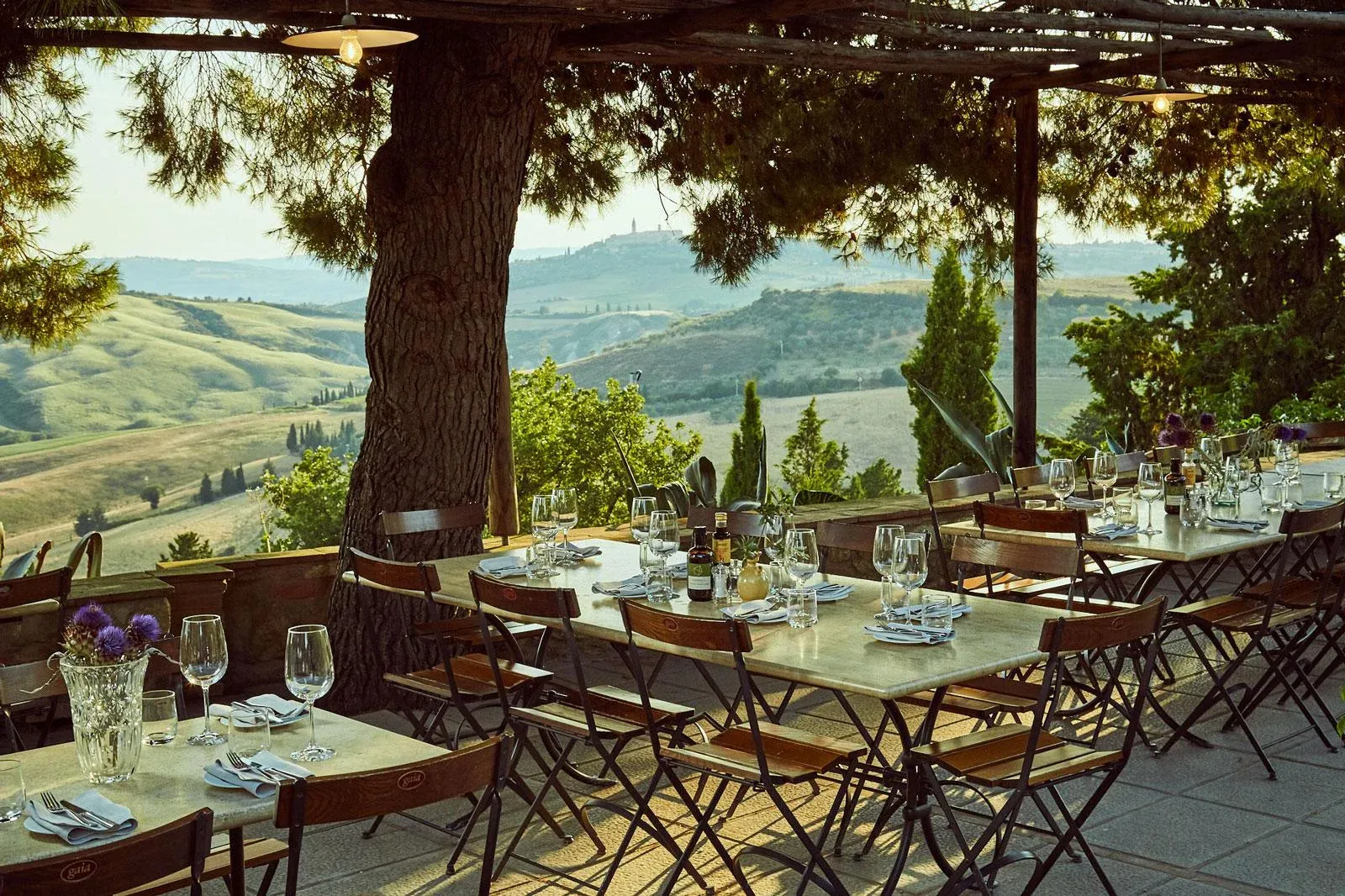

Photos by Podere II Casale.
Osteria di Passignano - Chianti Classico
Their Michelin-starred kitchen specializes in Chianti Classico wine pairings with locally sourced ingredients. The signature Bistecca alla Fiorentina uses Chianina cattle raised on the estate's organic pastures, served with estate-grown vegetables.
Osteria di Passignano is located within the grounds of the Antinori estate in the heart of the Chianti region. This restaurant occupies a former monastery's ancient cellars dating back to the 11th century. The Gothic architecture features vaulted stone ceilings and arched doorways carved from local pietra serena.
Medieval stonework combines with contemporary design elements, creating an intimate atmosphere enhanced by candlelit tables and wine barrels that serve as decorative elements. Floor-to-ceiling windows showcase the estate's organic vineyards.
Reservations are mandatory, with bookings often required 2-3 weeks in advance. The restaurant operates seasonally.
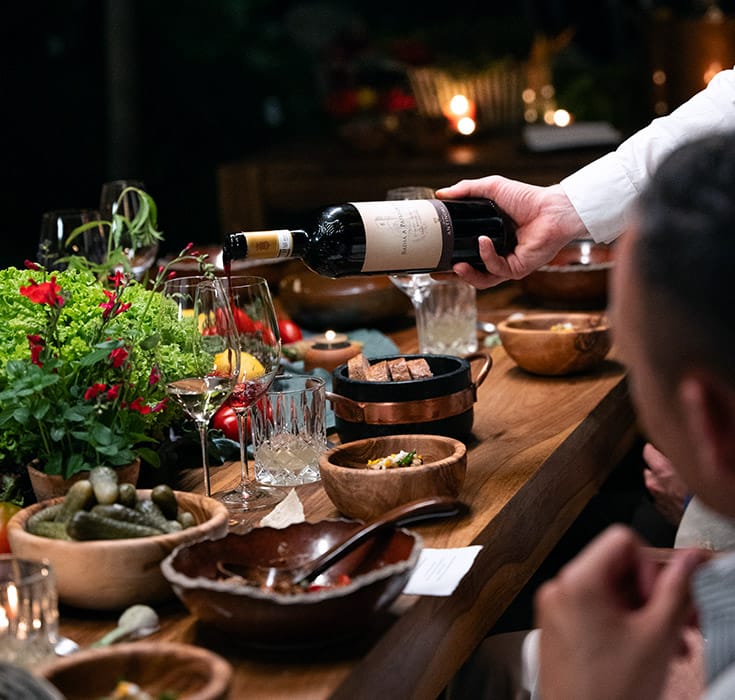
Fattoria Lavacchio - Pontassieve Hills
Well-known as a locally sourced restaurant. Loved by locals for their excellent organic wine and extra-virgin olive oil, their specialty is estate-produced ingredients. The signature Ribollita della Nonna features vegetables exclusively from their certified organic gardens, served with their award-winning olive oil.
Fattoria Lavacchio is located twenty minutes from Florence in the hills above Pontassieve. This organic farm-restaurant complex includes a restaurant, accommodation, and a working vineyard. The main building dates to the 16th century with traditional Tuscan farmhouse architecture featuring stone walls and red-tile roofing.
Rustic charm pervades the space with antique farming implements, terracotta pottery, and fresh flowers from the property's gardens. The dining terrace offers sweeping views of olive groves and vineyards, creating an authentic agriturismo undergo.
The restaurant also offers accommodations. Here, you'll definitely get the full Tuscan experience.
Reservations are recommended, particularly for dinner service and weekend meals. Walk-ins accepted for lunch during off-peak periods.

Fattoria Poggio Alloro - San Gimignano
This is one of the locally sourced restaurants known for its vineyards, olive groves, and wonderful views, specializing in estate wines paired with seasonal menus. Their celebrated Cinghiale in Dolceforte features wild boar from local hunters, prepared with estate-grown vegetables and herbs following a Renaissance-era recipe.
Located just outside the medieval hill town of San Gimignano, this self-sustaining organic farm occupies a 14th-century villa surrounded by UNESCO-protected landscape. The architecture exemplifies Tuscan villa design with symmetrical facades, arched loggias, and manicured gardens.
Fattoria Poggio Alloro is an elegant country style with antique furniture, frescoed walls, and large windows showcasing panoramic views of San Gimignano's towers. The dining room features vaulted ceilings and period artwork, while the garden terrace provides alfresco dining among lavender and rosemary.
Reservations are required for dinner; booking is essential during the summer months and harvest season.
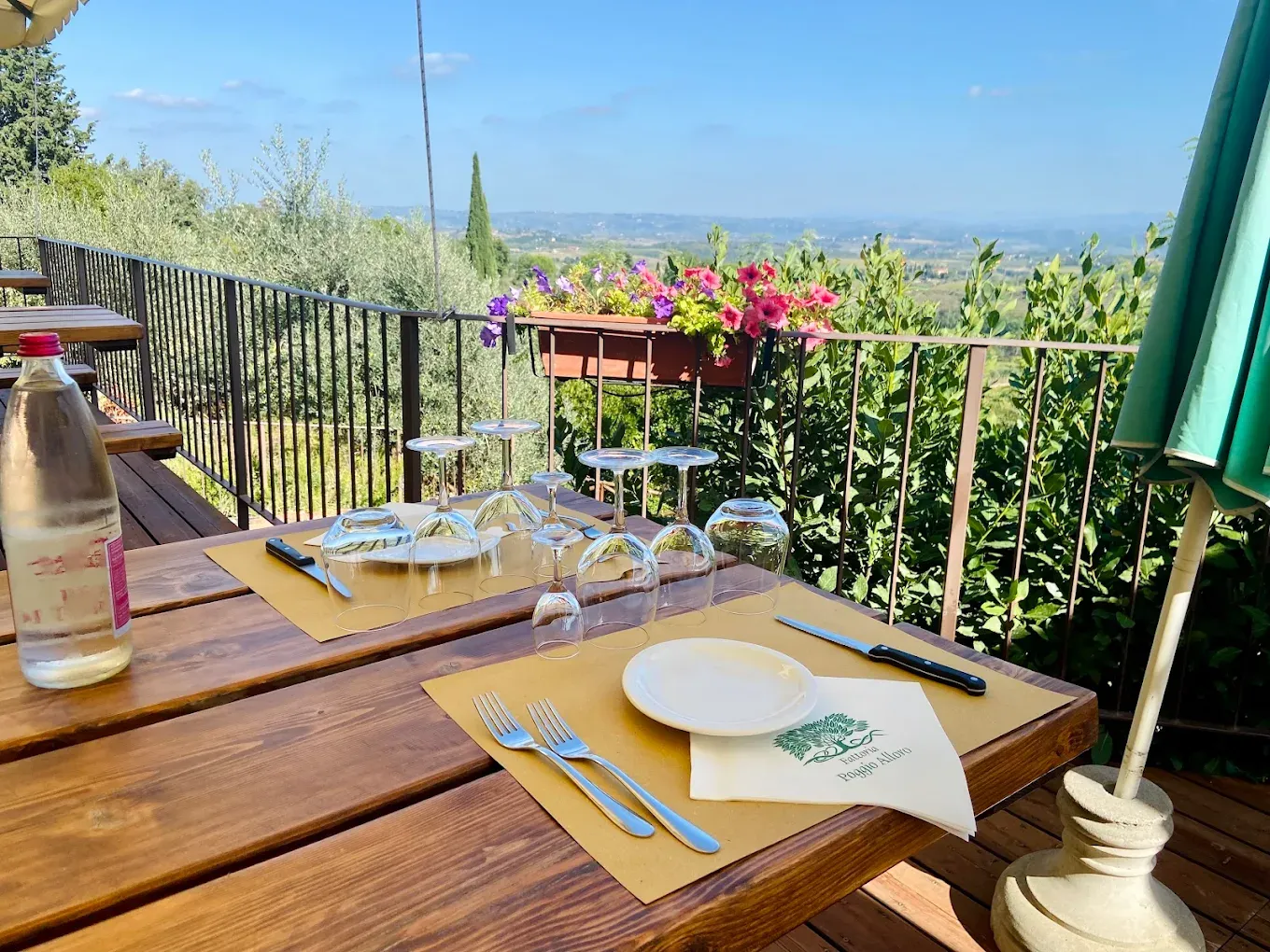
I'm so glad you made it this far. Plan V is an independent magazine, and your donation allows me to continue doing this.
See you soon.
Thank you!
FAQS
What does it mean to be food-sourced locally?
Food sourced locally refers to ingredients obtained from producers within a specific geographic radius, typically 100-150 kilometers from the restaurant. This practice ensures freshness, supports regional economies, reduces transportation emissions, and maintains strong connections between chefs and producers. Locally sourced food often reflects seasonal availability and traditional cultivation methods specific to the region.
What is farm-to-table dining?
Farm-to-table dining represents a culinary philosophy where restaurants source ingredients directly from local farms, often bypassing distributors. This approach ensures maximum freshness (ingredients are typically harvested within 24-48 hours of serving), supports sustainable agriculture, and creates transparent supply chains. Farm-to-table establishments often maintain personal relationships with farmers and may even grow their own ingredients on-site.
What are sustainable restaurants?
Sustainable restaurants implement practices that minimize environmental impact while supporting local communities. This includes sourcing locally grown organic ingredients, reducing food waste through composting and creative menu planning, using renewable energy, implementing water conservation measures, and supporting fair labor practices. Sustainable restaurants often prioritize seasonal menus, minimal packaging, and partnerships with environmentally conscious suppliers.
What is considered locally sourced?
The definition of locally sourced varies by region and restaurant philosophy. Generally, it means ingredients obtained within a 100-150 kilometer radius, though some establishments use stricter criteria of 50-100 kilometers. Factors considered include the type of ingredient (some items like spices may come from farther away), seasonal availability, and the restaurant's specific sustainability goals. Many locally sourced restaurants aim for 80-90% of their ingredients to come from within their defined local area.
